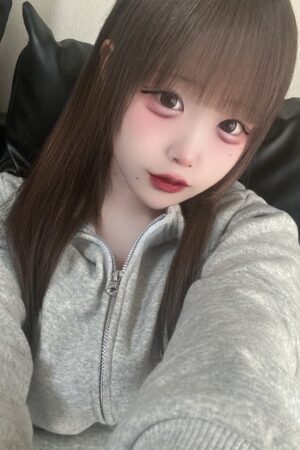Available Today
The Roots of HENTAI

A part or aspect of Japanese erotic culture is “Shunga.”
“Shunga” is the greatest masterpiece of “ukiyo-e” and an erotic art that Japan is proud of around the world. And this “shunga” is the very root of HENTAI.
“Shunga” is said to date back 900 years, but it was not until the Edo period (1600s-1800s) that it became hugely popular.
Shunga depicts men and women engaging in hentai acts, but what’s distinctive about shunga from the Edo period is that there are far more clothed works than nude ones. This is because, in the Edo period, it was common for men and women to engage in HENTAI acts while fully clothed.
Also, it seemed like neither the men nor the women were particularly interested in seeing each other naked; it was more critical for them to enjoy the HENTAI act itself than to be nude. Even today, many men in Japan find fully clothed women more erotic than entirely naked women.
The Roots of HENTAI
When Tokugawa Shogun ruled Japan, the Edo period (1603-1867) was peaceful, without a single war for 265 years. At that time, Japan had a polygamy system and a permissive attitude toward sex; swapping, multiple play, and orgies were not uncommon. However, with the influx of Western culture and Christian-based norms, monogamy became the norm in 1898.
Restrictions on sex customs gradually became stricter, and between 1945 and the 1950s, Japanese-style prostitution was banned under the control of General Douglas MacArthur, Commander of the Allied Powers. After that, sex industry businesses began to think about what would provide greater pleasure than sex.
They created new services one after another and succeeded in developing the industry more than ever. Japanesque OMOTENASI Club promises to satisfy you with Japanese OMOTENASHI and HENTAI massage.










